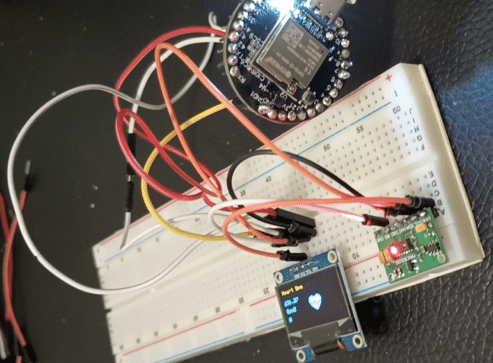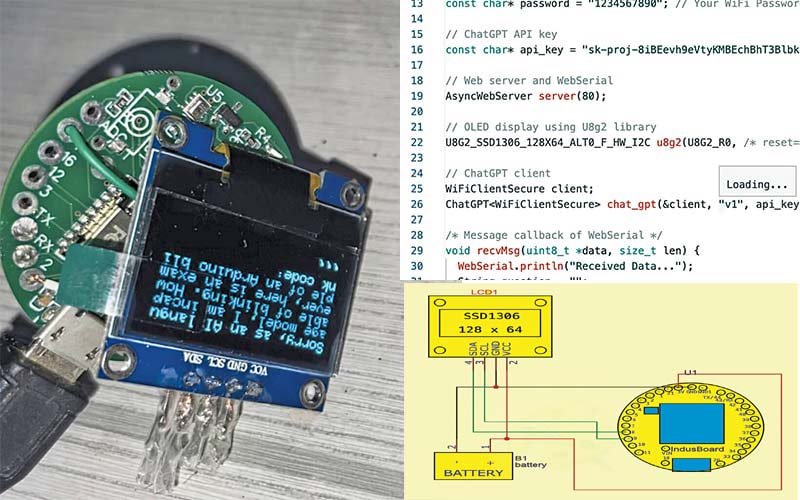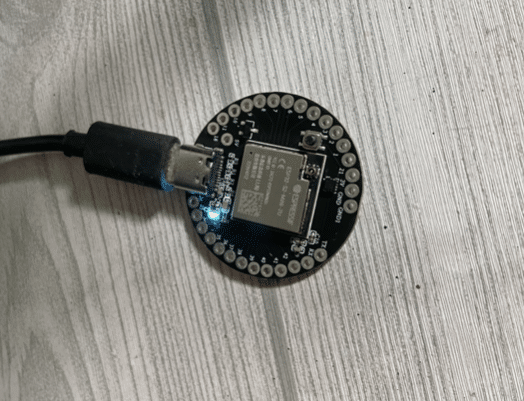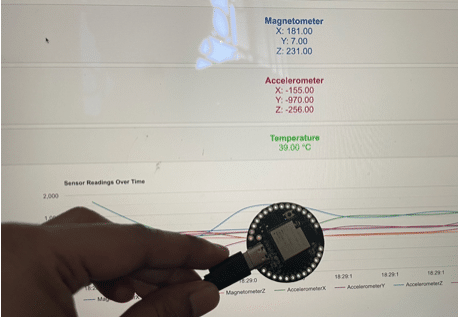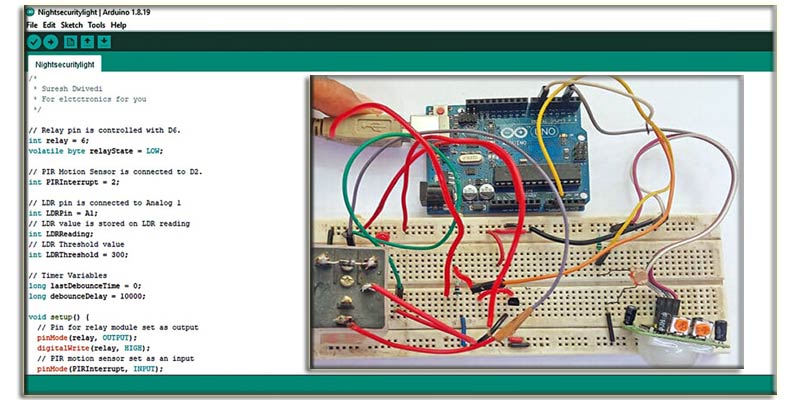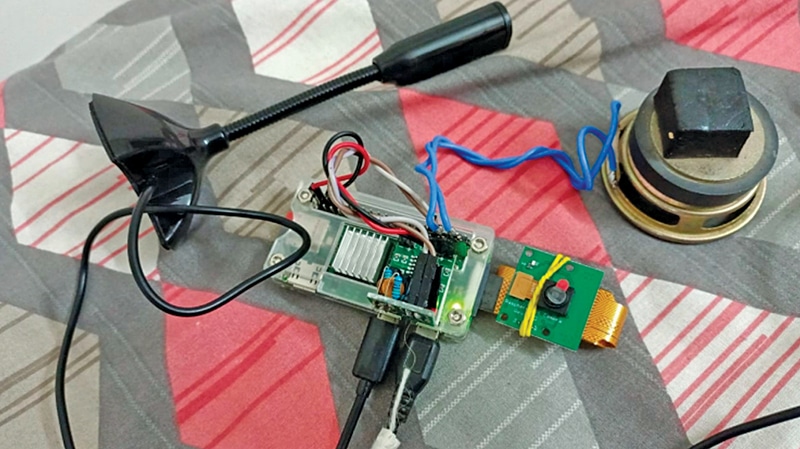These solar cells address the limitations of single-junction designs and offer promising solutions for harnessing solar energy while combatting greenhouse gas emissions.
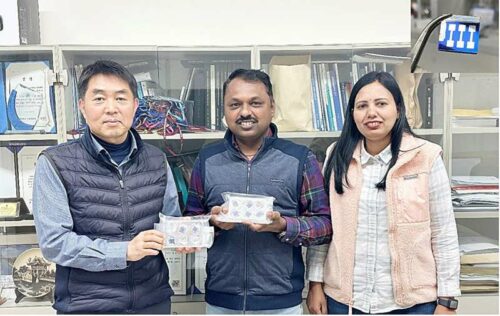
Engineers and material scientists are making significant strides in the development of advanced photovoltaic solutions aimed at harnessing maximum solar energy for electricity generation while combatting greenhouse gas emissions. A breakthrough in this field comes from researchers at Chonnam National University in South Korea, who have unveiled groundbreaking monolithic perovskite hybrid tandem solar cells based on all-inorganic halide perovskites, achieving an impressive efficiency rate of 23%.
The motivation behind these innovations stems from the limitations of single-junction solar cell designs, which suffer from thermalization and transmission losses. To overcome these challenges, tandem solar cells have been proposed, integrating two absorber materials, wide bandgap (WBG) and narrow bandgap (NBG), using a suitable interconnecting layer (ICL). Prior solar cell designs, particularly those based on WBG materials, exhibited promising efficiency figures but were typically constructed using organic-inorganic hybrid perovskites that lacked thermal stability, affecting overall performance. Moreover, these cells relied on complex fabrication processes like sputtering and atomic layer deposition (ALD), making large-scale production challenging and energy-intensive.

In addressing these issues, the researchers developed all-inorganic perovskite-based WBG materials using a hot-air-assisted spin coating technique, allowing for ambient conditions and simplified fabrication. The resulting monolithic two-terminal ‘n-i-p’ hybrid tandem solar cells (2T-HTSCs) showcased remarkable characteristics, achieving an efficiency of 23.07% and maintaining over 90% of their initial efficiencies for more than 600 hours of operation at maximum power.
Dr. Sawanta S. Mali, the first author of the study, emphasized the significance of their work, stating, “We implemented an n-i-p device configuration and an ambient air-processed approach, which is simple and suitable for future commercialization.” These high-efficiency 2T-HTSCs, with an open-circuit voltage exceeding 2 V, are poised to find applications in artificial photosynthesis, agri-voltaic systems, and the Internet of Things (IoT). Looking ahead, the researchers plan to explore the integration of these materials into tandem solar cells with different designs, potentially unlocking even greater potential. Moreover, their fabrication approach may serve as a template for other teams striving to create robust materials for various photovoltaic applications. The team envisions extending their concept to triple or multijunction tandem solar cells (MJ-TSCs) in future studies, promising further advancements in solar energy conversion technology.


















